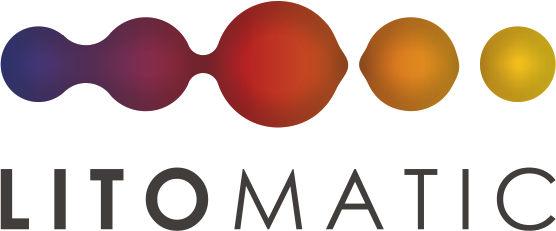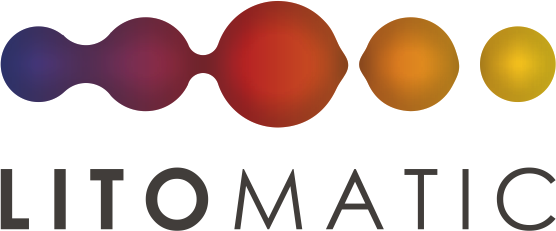
What is Human Centric Lighting (HCL)?
In today’s fast-paced world, lighting has evolved beyond just illuminating spaces. With increasing awareness of how light affects our mood, productivity, and overall well-being, the concept of human centric lighting (HCL) has emerged as a revolutionary approach to indoor illumination. So, what exactly is HCL, and why should we consider it in modern lighting solutions?
Understanding Human Centric Lighting
Human centric lighting (HCL) is a lighting system designed to align with the natural constant rhythms of the human body. It mimics the changes in natural daylight throughout the day, influencing factors such as mood, alertness, and sleep patterns. By integrating biologically effective lighting into indoor environments, HCL creates a balance between functionality and human well-being.
The Science Behind HCL
Our bodies are naturally programmed to respond to the changing patterns of daylight. The blue-rich light of the morning increases alertness and productivity, while the warm tones of the evening light help us relax and prepare for sleep. Human centric light technology aims to replicate these effects indoors by adjusting the color temperature and intensity of light throughout the day, enhancing both physical and emotional health.
Benefits of Human Centric Lighting
- Enhanced Productivity: In work environments, HCL can boost concentration and alertness by providing cool, bright light in the morning and midday. This creates an ideal setting for productivity and focus, helping employees perform at their best.
- Improved Mood and Well-being: The right lighting positively affects our mental health. By mimicking natural daylight, human centric lighting can reduce stress and enhance mood, making spaces feel more comfortable and inviting.
- Better Sleep Quality: Exposure to bright, cool light during the day and warm, dim light in the evening helps regulate the body’s circadian rhythm. This can lead to better sleep quality, as the body’s natural sleep-wake cycle is supported by human centric light.
- Versatility Across Spaces: From offices and schools to hospitals and homes, human centric lighting can be tailored to fit different environments. It can promote focus in workplaces, encourage relaxation in living rooms, or even assist in patient recovery in healthcare settings.
How Does HCL Work?
The key to human centric lighting lies in dynamic lighting controls. These systems adjust light levels and color temperature throughout the day, following the natural progression of daylight. Early in the morning, HCL fixtures emit a cool, blue-toned light that energizes and promotes wakefulness. As the day progresses, the light shifts to warmer tones, signaling the body to wind down and prepare for rest.
Advanced human centric light systems can be automated to change throughout the day or manually adjusted based on the specific needs of the user or space.
Conclusion
As we spend more time indoors, creating environments that support human health and well-being is becoming a priority. Human centric lighting offers a solution that goes beyond traditional lighting, improving mood, productivity, and overall quality of life. Whether in the workplace or at home, human centric light systems are shaping the future of lighting, making indoor spaces not only functional but also more human-friendly.

